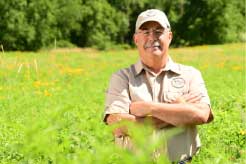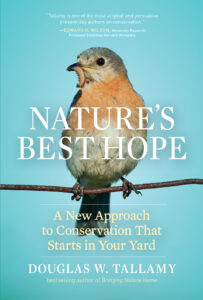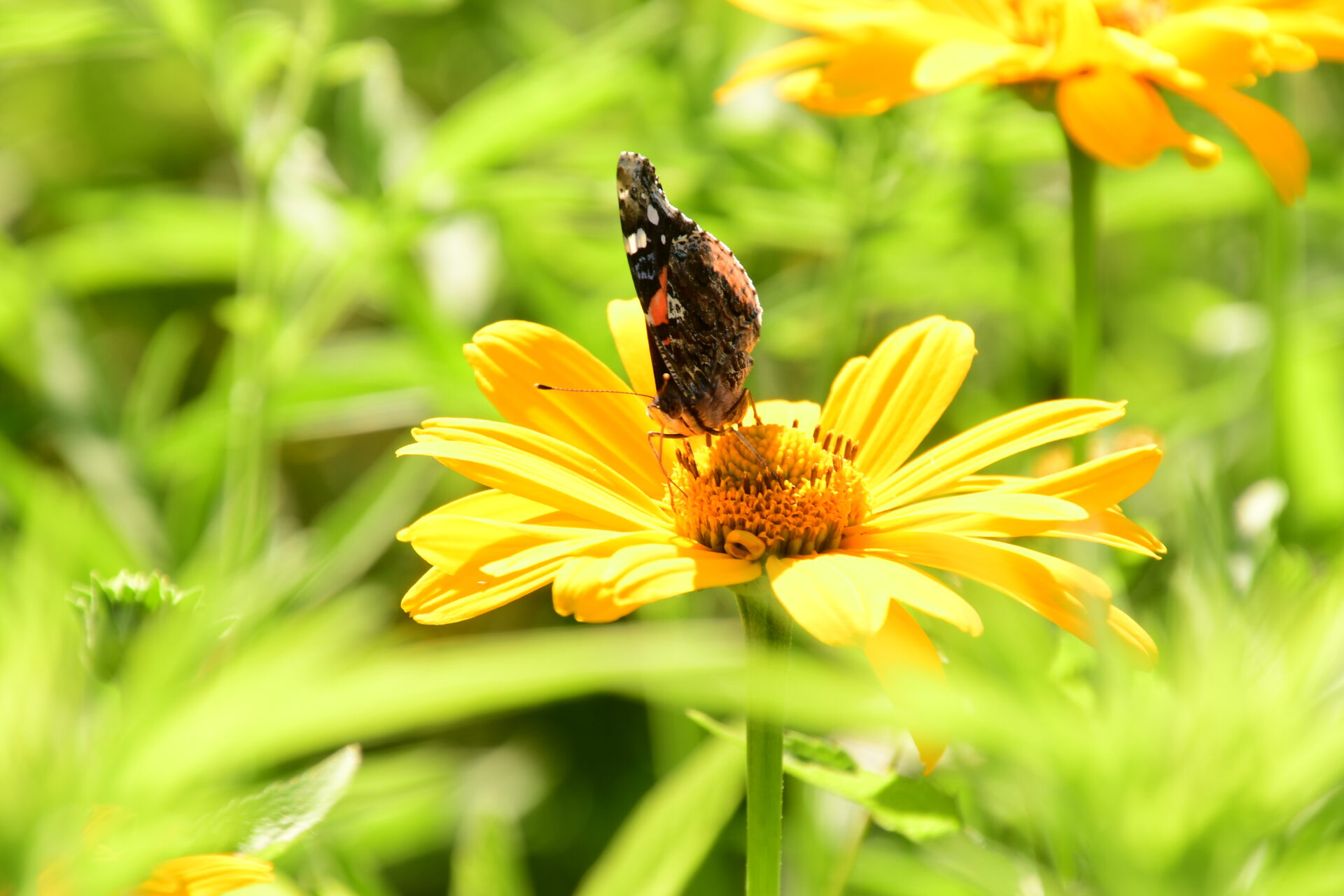
Jim Hoffman, Monarch Research Project
The Gazette is working with the Linn Landowner Forum to present a series of columns about elements landowners should consider when replacing trees and plants lost in the Aug. 10 derecho. The series has focused on recovery, the importance of native plants and other topics. This is the tenth article in the series; written by Jim Hoffman.
As we near the end of the year, many Linn County landowners are living in a landscape starkly changed from last winter. Perhaps your favorite bird feeder branch is now gone. What had been shady parts of your yard are now sunny. You’re missing the squirrels that used to scamper up trees outside your kitchen window. Snow is drifting and blowing differently because of missing bushes and trees.
As you’ve reflected on losses after the derecho, we hope this series of “Replanting the Landscape” columns has helped you consider what you’d like your property to become.
You’ve heard the saying, “pretty is as pretty does.” As we’ve shared with you, that’s also true for your yard: It can accomplish more than being visually appealing.
It also can help address a serious environmental problem. Wildlife populations are in decline because the native plants they depend on are fast disappearing.
Doug Tallamy, a professor at the University of Delaware and a former and future keynote speaker at the Linn Landowner Forum, has a simple answer: Plant more natives.
“The simple act of planting the species essential to the life around us is something that empowers each of us in our quest to coexist with the natural world,” he shared in his Oct. 11 column.
Yes, you personally can make a difference in the ecosystem that supports us all by planting native trees, shrubs and plants that support birds and butterflies, diminish flooding and improve water quality. Not sure what’s native to your land? Search for plants by ZIP code at nwf. org/Native-PlantFinder.
Other columns in this series discussed:
- The critical importance of replanting native trees;
- The importance of small backyard woodlands and how to help them recover from the derecho;
- Why we should listen to nature and consider future generations when making landscaping decisions;
- The joy of planning, planting, harvesting, preparing and preserving vegetables and fruits grown in your own yard;
- How area companies are helping employees replant their yards;
- Why you should make a plan — and mow less.
If you missed any of these columns by experts at local environmental organizations, you’ll find them all archived at monarchresearch.org/blog.
These columns have been a collaboration that uses the skills and talents of the six organizations that have planned Linn Landowner Forums for the past five years: Indian Creek Nature Center, Iowa Natural Heritage Foundation, Linn County Conservation, Linn Soil and Water Conservation, Monarch Research Project and Trees Forever.
While the pandemic caused us to cancel this year’s forum, it didn’t dampen our efforts to encourage local property owners to add more nature to their land.
Today marks the end of this series for 2020. We thank The Gazette for the opportunity to publish columns that reach across Eastern Iowa. And there’s good news: The Gazette has invited the Linn Landowner Forum partners to return in the spring with more “Replanting the Landscape” columns.
We thank all the authors and all you readers, too, for spending time with the concept that while replanting after the derecho is important, what is planted is even more important.
The right choices will not only beautify your property, but also benefit wildlife, improve water quality, reduce flooding and increase property value.
 In case you’re still making a winter reading list, please know that this exact topic is the focus of Tallamy’s book, “Nature’s Best Hope: A New Approach to Conservation that Starts in Your Yard,” published last February. Please purchase it or check it out from the library and learn more from Tallamy about how homeowners everywhere can turn their yards into conservation corridors.His approach is practical, effective and easy — you’ll walk away with specific suggestions you can incorporate into your own yard. If you’re concerned about doing something good for the environment, his book is the blueprint you need. (And you can get your book signed when he’s in Marion next fall.) By acting now, we can transform the derecho’s chaos into an opportunity to preserve our precious wildlife — and the planet — for future generations.
In case you’re still making a winter reading list, please know that this exact topic is the focus of Tallamy’s book, “Nature’s Best Hope: A New Approach to Conservation that Starts in Your Yard,” published last February. Please purchase it or check it out from the library and learn more from Tallamy about how homeowners everywhere can turn their yards into conservation corridors.His approach is practical, effective and easy — you’ll walk away with specific suggestions you can incorporate into your own yard. If you’re concerned about doing something good for the environment, his book is the blueprint you need. (And you can get your book signed when he’s in Marion next fall.) By acting now, we can transform the derecho’s chaos into an opportunity to preserve our precious wildlife — and the planet — for future generations.
We’ll see you back in these pages next spring and invite you to join us at the annual Linn Landowner Forum in fall 2021.
Jim Hoffman is a retired business leader who has planted an extensive prairie on his own property in Linn County. For the past five years, he has coordinated the annual Linn Landowner Forum.

